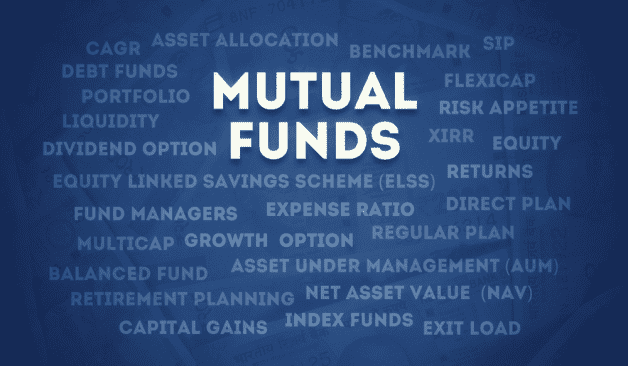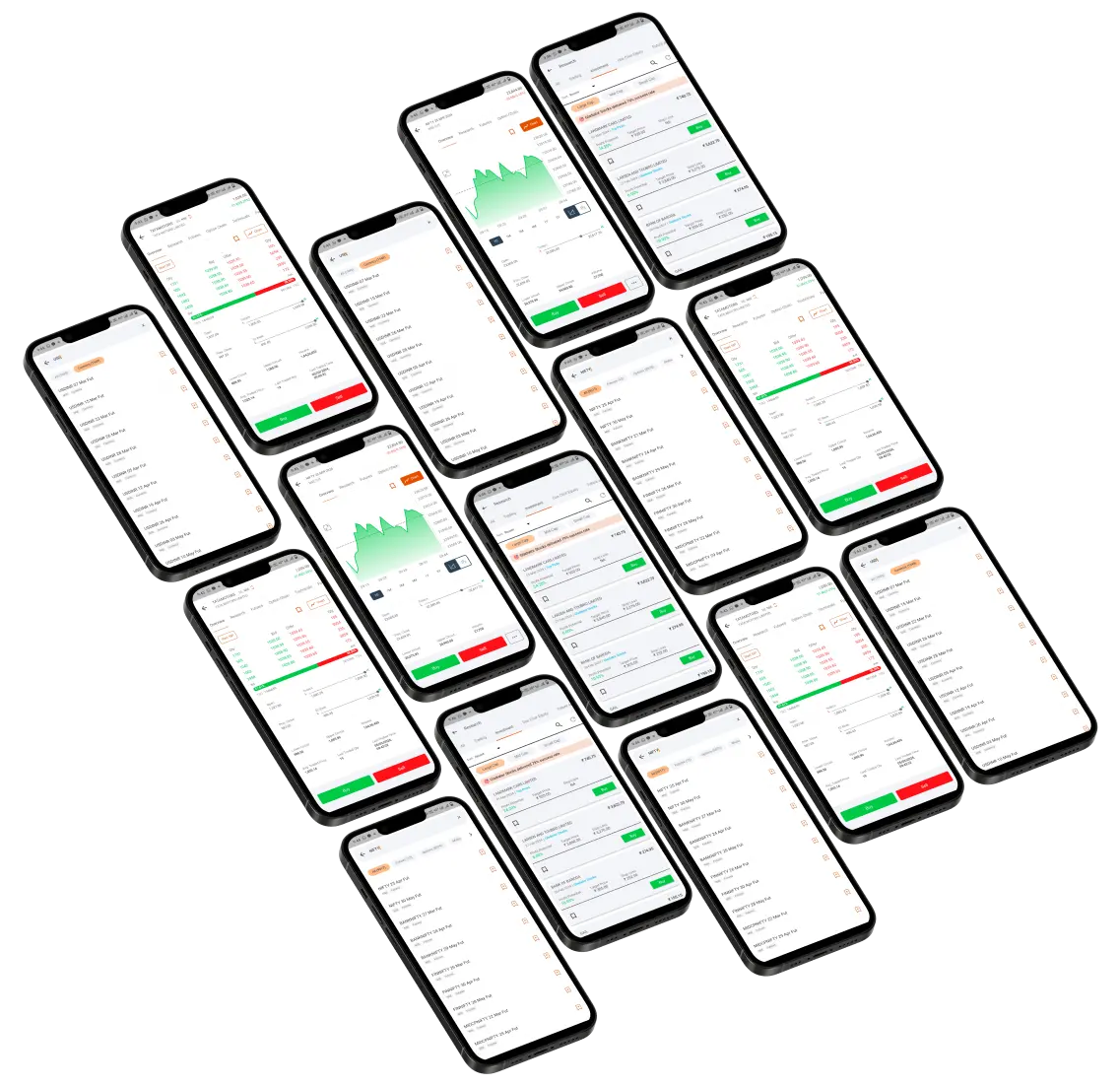
Direct Plan v/s Regular Plan de-mystified - Pros and Cons
You may already know that investing in mutual funds is a popular way to grow wealth over time. However, when it comes to mutual fund investments, investors face a choice between direct and regular plans. These two options differ in how they are purchased and managed and the associated costs. It is of utmost importance that you understand the nuances of direct and regular plans before investing in mutual funds. The understanding will help you make informed decisions that are aligned with your financial goals and risk tolerance.
Key terms to understand
Before we discuss the two options, we believe you must understand a few basic things related to mutual funds. Once you do that, it will be easy for you to understand the two options:
TER & impact of TER on returns
TER stands for Total Expense Ratio. It is a crucial metric to consider when choosing a mutual fund because it directly impacts your returns. Think of TER as the annual cost of managing a mutual fund. It is a percentage of the fund's total assets that covers expenses like management fees, operational expenses, and distribution fees. The higher the TER, the more money is deducted from the fund's overall returns. Here's how it works:
- Imagine a mutual fund generates a 10% return.
- If the TER is 2%, the expense ratio would be subtracted from the 10% return.
- Your net return would be 8% (10% - 2%).
Even a small difference in TER can significantly impact your returns over time, especially for long-term investments.
Net Asset Value (NAV)
NAV is a crucial concept in mutual fund investments. It represents the per-unit value of a mutual fund scheme on a particular business day. Imagine you are interested in investing in a mutual fund Scheme A, with an NAV of Rs 50. Here's what these NAV values signify.
NAV is calculated by dividing the total value of all the assets in the mutual fund scheme by the total number of outstanding units.
For example, if Scheme A has total assets worth Rs 100 crore and there are 2 crore outstanding units, the NAV would be calculated as Rs 100 crore / 2 crore units = Rs 50 per unit.
Role of finance advisor
If you cannot pick and manage mutual funds, you can get in touch with a financial advisor. Based on your goals and risk tolerance, the advisor can recommend a diversified portfolio of mutual funds that aligns with your needs. They can explain the different types of mutual funds and help you choose funds with a good track record and management style.
What are Direct Mutual Funds and Indirect Mutual Funds?
In this section, let us understand direct and indirect mutual funds.
Direct Mutual Fund: Direct mutual funds are those in which investors buy fund units directly from the Asset Management Company (AMC) without involving any intermediaries such as distributors or brokers. In a direct mutual fund, investors deal directly with the fund house, typically through their online portals, branches, or other designated channels. Since there are no intermediaries involved, direct mutual funds generally have lower expense ratios compared to their indirect counterparts. This is because they do not include distribution commissions or brokerage fees.
Indirect Mutual Fund: Indirect mutual funds, also known as regular mutual funds, are those in which investors purchase fund units through intermediaries such as banks, independent financial advisors, or distribution platforms. In an indirect mutual fund, a portion of the investor's investment is allocated as a commission to the intermediary, which is paid by the Asset Management Company (AMC). Indirect mutual funds provide investors, with access to professional advice, portfolio reviews, and ongoing support from financial advisors or distributors.
Difference between Direct Mutual Fund and Indirect Mutual Fund
Here is the difference between the two mutual fund categories to give you a better understanding of them:
|
Aspect |
Direct Mutual Funds |
Indirect Mutual Funds |
|
Mode of Investment |
Investors buy fund units directly from the Asset Management Company (AMC) without intermediaries. |
Investors purchase fund units through intermediaries such as banks, financial advisors, or distribution platforms. |
|
Expense Ratio |
Generally lower as they do not include distribution commissions or brokerage fees. |
Generally higher due to the inclusion of distribution commissions and other intermediary fees. |
|
Cost Structure |
No distribution commissions or brokerage fees. |
Include distribution commissions and may involve brokerage fees. |
|
Professional Guidance |
Investors make investment decisions independently. |
Access to professional advice, portfolio reviews, and ongoing support from financial advisors or distributors. |
|
Level of Involvement |
Investors need to conduct their own research, select suitable funds, and monitor investments. |
Investors delegate the responsibility of fund selection, monitoring, and rebalancing to financial advisors. |
|
Accessibility |
Direct access to the fund house through online portals, branches, or designated channels. |
Accessible through banks, financial advisors, or distribution platforms. |
|
Conflict of Interest |
Minimal conflict of interest as there are no intermediary commissions involved. |
Potential conflict of interest as advisors may recommend funds that offer higher commissions. |
Benefits of investing in regular mutual funds
Now, for those interested in regular mutual funds, here are a few benefits:
Personalized Investment Advice: Regular mutual funds come with the advantage of having a financial advisor to guide you through the investment process. The advisor can assess your risk tolerance, financial goals, and investment horizon to recommend suitable funds and create a personalized portfolio.
Handholding and Support: Especially for new investors, navigating the world of mutual funds can be overwhelming. Financial advisors can provide handholding, explain investment concepts, and address any concerns you might have. The ongoing support can be crucial for building confidence and making informed investment decisions.
Convenience and Service: Financial advisors can handle the paperwork and transactions associated with investing in regular mutual funds. It can save you time and effort, especially if you are busy or uncomfortable managing the investment process yourself.
How to recognize direct and indirect mutual funds?
Now that you know both mutual fund categories theoretically, it is time to choose the one that suits your needs. The question is - how are you going to recognize them? In this section, we help you with some pointers for the same:
Fund Name: The fund house often includes the term "Direct" or "Dir" in the name of the direct plan. For instance, the direct plan of "ICICI Pru Bluechip Fund" might be named "ICICI Pru Bluechip Fund Direct." Regular plans typically don't have any specific term indicating they're indirect. The name might be just the original fund name, without any mention of "Regular" or "Indirect."
Expense Ratio: Direct plans will always have a lower expense ratio compared to the regular plan of the same fund. We have already done this because they don't involve commission payments to distributors or advisors.
Investment Platform: Many investment platforms allow you to filter funds by type, including differentiating between direct and regular plans. Look for filters or categories related to expense ratio or plan type.
Account Statements: If you've already invested, your account statements will mention the type of plan you hold (direct or regular).
What have been the industry trends?
The latest data is not available to show how much goes to direct and how much is indirect (AUM). However, to give you some data - As of March 2020, Industry data suggests a proportion of around 45% for direct AUM and 55% for regular AUM. In recent years, there has been a clear shift towards direct plans due to several factors:
- Rising Awareness: Investors are becoming increasingly aware of the cost benefits of direct plans. The expense ratio difference between direct and regular plans can be significant, and investors are realizing how this can impact their long-term returns.
- Convenience of Online Platforms: The rise of online investment platforms has made it easier for investors to invest directly in mutual funds without needing an advisor. These platforms offer user-friendly interfaces, research tools, and streamlined transactions, empowering investors to manage their portfolios independently.
At the same time, regular plans are not disappearing entirely. They will still cater to investors who value the guidance and support of a financial advisor.
Before you go
If you have understood whatever we have discussed in this article, you would agree with us that there is no right or wrong option between the two. It all depends on your needs. Based on our discussion, you can evaluate which is a better option for you.










